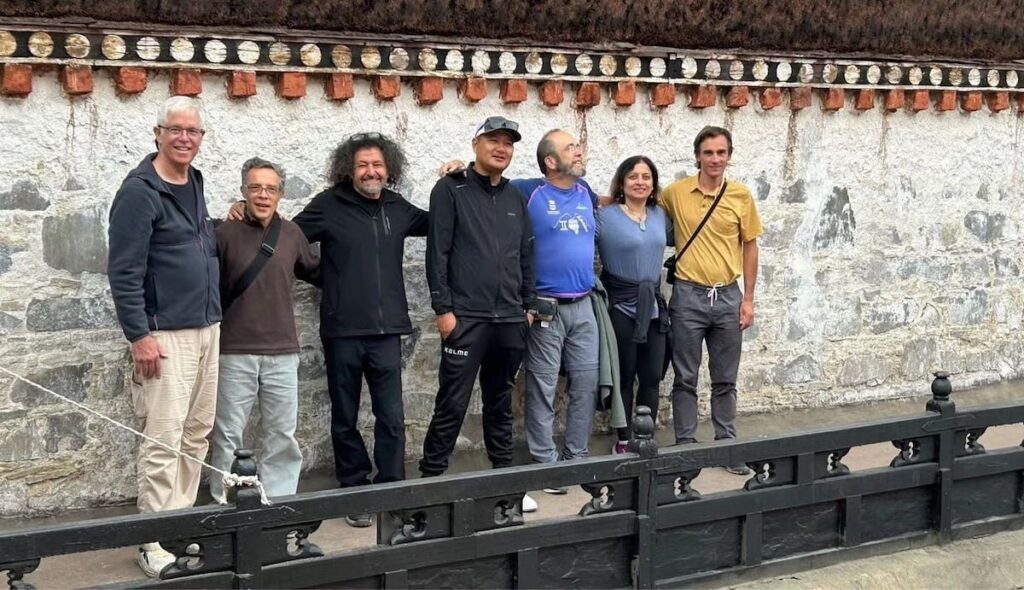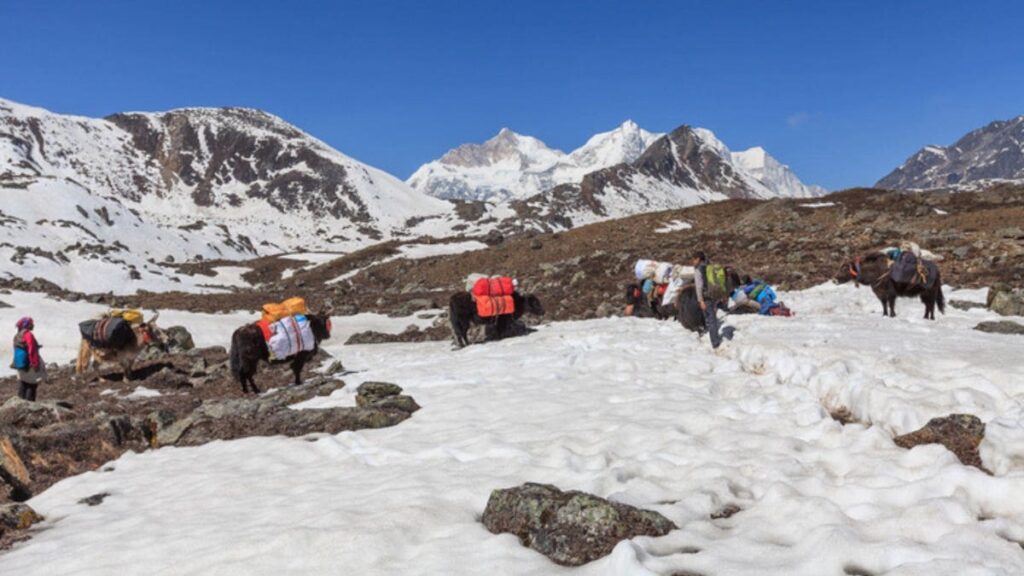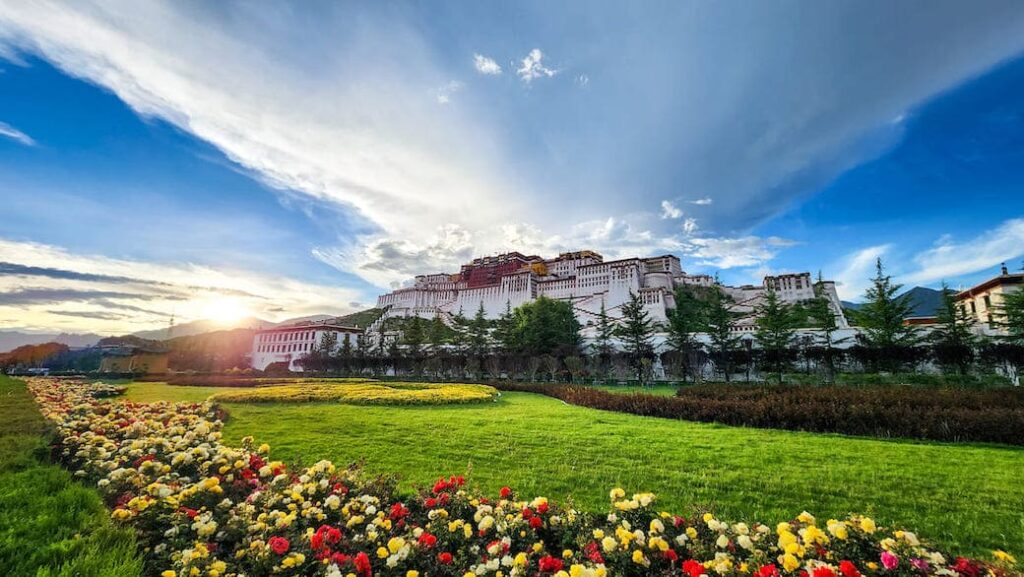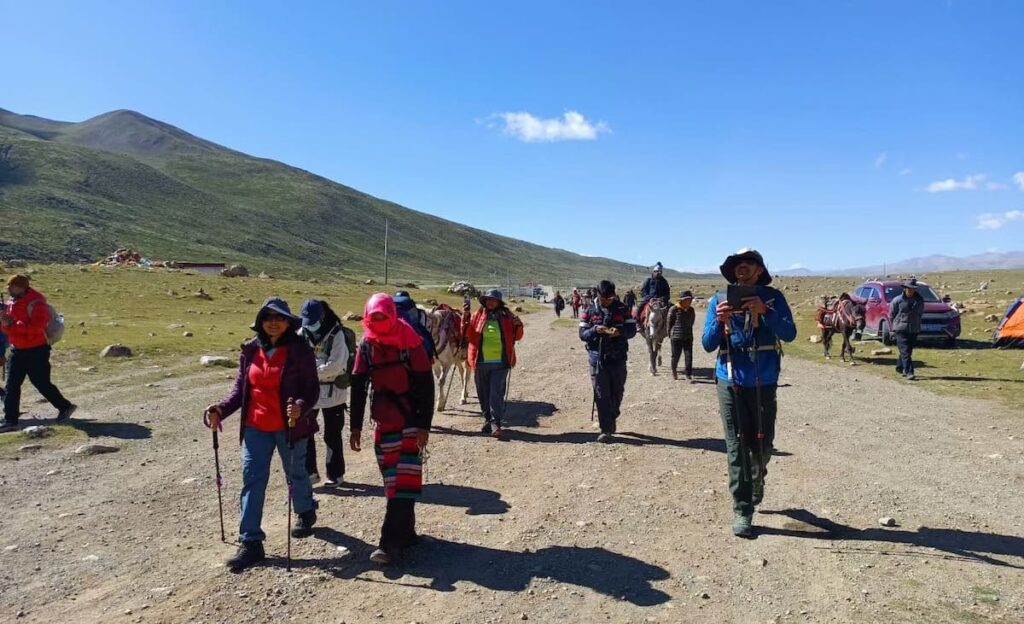Traveling to Tibet is a dream for many adventurers, spiritual seekers, and culture lovers. The Land of Snows, perched high on the Tibetan Plateau, offers jaw-dropping landscapes, rich Buddhist traditions, and a unique way of life that feels frozen in time. But traveling to Tibet is not like visiting most other destinations. It comes with special rules, cultural sensitivities, and practical challenges that you should understand before you embark on your journey.
If you’re planning a Tibet tour or a longer exploration, this detailed guide covers everything you need to know before traveling in Tibet—from permits and altitude to customs and packing tips—to ensure your trip is safe, respectful, and unforgettable.

Tibet Is a Special Region with Unique Travel Regulations
Unlike many other tourist destinations, Tibet requires special permits and follows strict regulations due to its political sensitivity and geographic remoteness.
🛂 Permits Required for Foreign Tourists:
• Chinese Visa: Needed to enter mainland China (unless you qualify for visa-free entry from certain countries).
• Tibet Travel Permit (TTP): Mandatory for all foreigners entering Tibet. It is issued by the Tibet Tourism Bureau and can only be applied for through a licensed tour operator.
• Additional Permits (depending on your itinerary):
• Aliens’ Travel Permit for areas outside Lhasa.
• Military Permit if you plan to visit sensitive border regions.
Important:
• Independent travel is not allowed for foreigners in Tibet—you must travel with a licensed guide as part of a group or private tour.
• Permit processing takes at least 5–7 working days, so plan well in advance.

Altitude and Health: Prepare for the High Himalayas
Tibet’s average elevation is around 4,500 meters (14,800 ft), making altitude sickness a significant concern for travelers.
Symptoms of Altitude Sickness:
• Headache
• Nausea
• Fatigue
• Dizziness
• Shortness of breath
Tips to Avoid Altitude Sickness:
• Spend at least 1–2 days acclimatizing in Lhasa (3,656 meters) before heading to higher elevations.
• Stay hydrated and avoid alcohol.
• Ascend gradually if possible.
• Consult your doctor about taking acetazolamide (Diamox).
• Consider portable oxygen if you’re sensitive to altitude.
Health Facilities:
• Medical facilities exist in Lhasa and major towns, but they may be limited in rural areas.
• Carry a basic first aid kit and any personal medications.

When Is the Best Time to Visit Tibet?
Tibet experiences extreme weather due to its altitude and geography. The best time to travel is generally during the warmer months:
Ideal Travel Seasons:
• Late April to early October (Spring to early Autumn)
• Summer months (June–August) are warm with occasional rain but offer lush landscapes.
• May is known for peach blossoms around Nyingchi.
• September and October have clear skies and mild temperatures.
Off-Season:
• Winter (November to March) is cold with many roads closed.
• Some travelers prefer winter for solitude, but be prepared for freezing temperatures.
Cultural Etiquette: Respect Local Traditions
Tibetans have rich spiritual traditions and cultural customs. Respect is key to a positive experience.
Dos:
• Walk clockwise around temples and stupas.
• Use two hands when giving or receiving something.
• Ask permission before photographing monks or locals.
• Dress modestly, especially when visiting monasteries.
• Learn a few Tibetan greetings or phrases—it goes a long way!
Don’ts:
• Don’t touch anyone’s head.
• Don’t point your feet at sacred objects.
• Avoid discussing politics or sensitive topics.
• Don’t remove prayer flags or mani stones.
Language and Communication
• The primary language is Tibetan; Mandarin Chinese is also widely spoken.
• English is not common outside major tourist areas.
• A local guide or translator is essential for smooth communication.
• Download offline maps and translation apps for convenience.

What to Pack for Your Tibet Trip
Packing smart is crucial to staying comfortable in Tibet’s challenging environment.
Essentials:
• Warm layers: Temperatures fluctuate widely; include thermal underwear, fleece jackets, and a down jacket.
• Sun protection: Sunglasses, sunscreen (SPF 50+), and a wide-brimmed hat.
• Sturdy hiking boots for rough terrain.
• Water bottle (preferably insulated).
• Basic first aid kit including altitude sickness meds.
• Lightweight rain jacket for summer showers.
• Personal toiletries and wet wipes (some areas have limited facilities).
• Power bank and universal adapters.
• Camera with extra batteries and memory cards.
Transportation Within Tibet
• Lhasa Gonggar Airport connects Tibet with major Chinese cities.
• The Qinghai–Tibet Railway offers a scenic and gradual acclimatization route.
• Overland travel via 4WD vehicles is common for reaching remote areas.
• Public transport is limited; rely on your tour operator for transfers.
Food and Water: What to Expect
• Tibetan cuisine is hearty and simple: yak butter tea, momos (dumplings), tsampa (roasted barley flour), and noodles.
• Western food is available in Lhasa but limited elsewhere.
• Drink bottled or boiled water only; avoid tap water to prevent illness.
• Carry snacks for long journeys

Connectivity and Money Matters
• Internet access is available in hotels, but many Western websites and apps are blocked (Google, Facebook, WhatsApp).
• Download a VPN before arrival if you need unrestricted access.
• Mobile payment apps like WeChat Pay and Alipay are common but require Chinese bank accounts.
• Carry cash (Chinese Yuan) for markets and remote areas.
Safety Tips for Traveling in Tibet
• Tibet is generally very safe with friendly locals.
• Stay with your group and guide at all times.
• Follow local laws and government regulations strictly.
• Register your travel plans with your embassy.
• Purchase travel insurance that covers altitude sickness and evacuation
Conclusion
Traveling in Tibet is a transformative experience unlike any other. The stunning natural beauty, rich culture, and spiritual depth make every challenge—altitude, permits, and remoteness—worthwhile. By understanding the unique aspects of Tibet travel before you go, you’ll be better prepared to enjoy a respectful, safe, and unforgettable journey.
Planning your Tibet tour with a knowledgeable local operator, acclimatizing properly, respecting local customs, and packing smartly will ensure you get the most out of your adventure to the Roof of the World.
